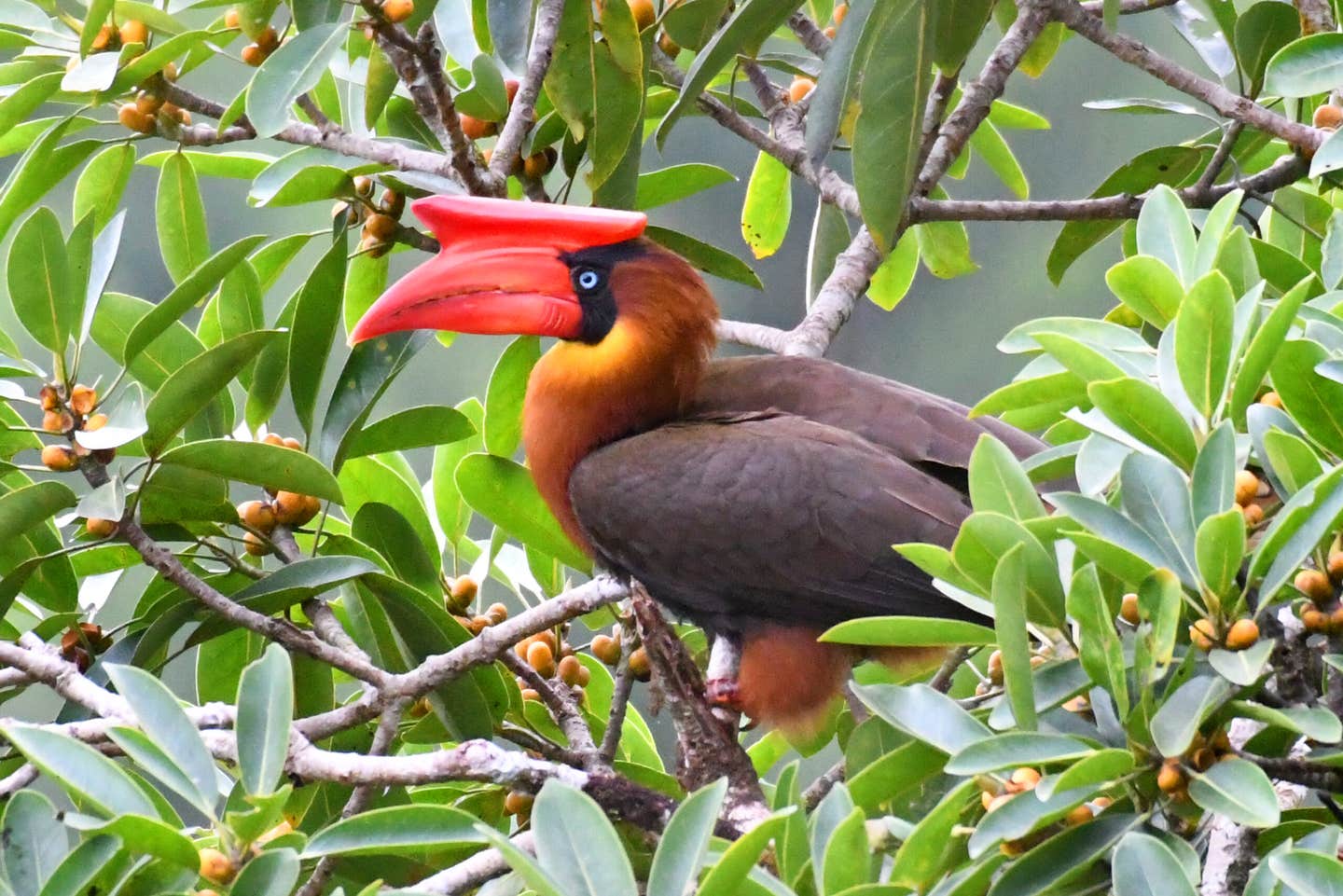Tree Planting has Potential to Increase Carbon Sequestration Capacity on the Nation’s Forests
Forests and harvested wood products annually offset the equivalent of more than 14 percent of carbon dioxide emissions in the US

[Sept. 21, 2020: US Department of Agriculture]
USDA Forest Service scientists have published an in-depth study on the value of tree planting as a means of offsetting carbon emissions in the United States. An analysis based on publicly available data from more than 130,000 forested plots in the Forest Service's Forest Inventory & Analysis Program found that fully stocking non-stocked and poorly stocked forests would result in an annual increase of 20 percent in the amount of carbon sequestered by forests.
Forests and harvested wood products annually offset the equivalent of more than 14 percent of economy-wide carbon dioxide emissions in the Nation, however, almost 33 million hectares of productive forestland are understocked due to harvesting, natural disturbance, limited seedling availability and the infrastructure necessary to reforest, among other factors.
Published by the journal Proceedings of the National Academy of Sciences (PNAS), the study by a team of USDA Forest Service scientists suggests that concentrating tree planting on understocked forest land, particularly in western states, Florida, and the Northeast, may substantially increase carbon sequestration capacity in the United States.
“Targeted tree planting on existing productive forestland has the potential to enhance the capacity of forests to provide a multitude of ecosystem services," according to lead author Grant Domke, a research forester with the USDA Forest Service’s Northern Research Station. “Our analysis suggests that concentrating plantings on productive areas with the fewest trees has greater potential for enhanced carbon sequestration capacity than distributing the same number of trees over larger areas."
The analysis takes into consideration growth, removals and mortality and focuses on productive forestlands available for forest management across all land ownerships.
"It is always worthwhile to plant a tree, they have a myriad of benefits wherever they are, but this study delivers sound science on which we can base tree planting efforts on forestland," Domke said.
Like these kind of stories? Get The Brighter Side of News' newsletter.
Joseph Shavit
Head Science News Writer | Communicating Innovation & Discovery
Based in Los Angeles, Joseph Shavit is an accomplished science journalist, head science news writer and co-founder at The Brighter Side of News, where he translates cutting-edge discoveries into compelling stories for a broad audience. With a strong background spanning science, business, product management, media leadership, and entrepreneurship, Joseph brings a unique perspective to science communication. His expertise allows him to uncover the intersection of technological advancements and market potential, shedding light on how groundbreaking research evolves into transformative products and industries.



